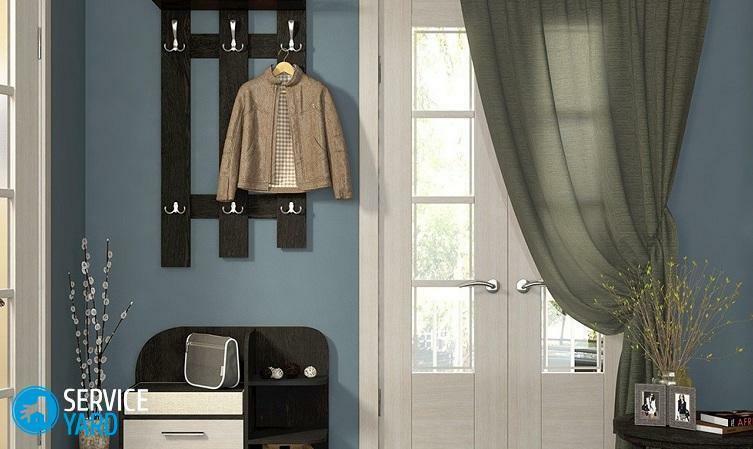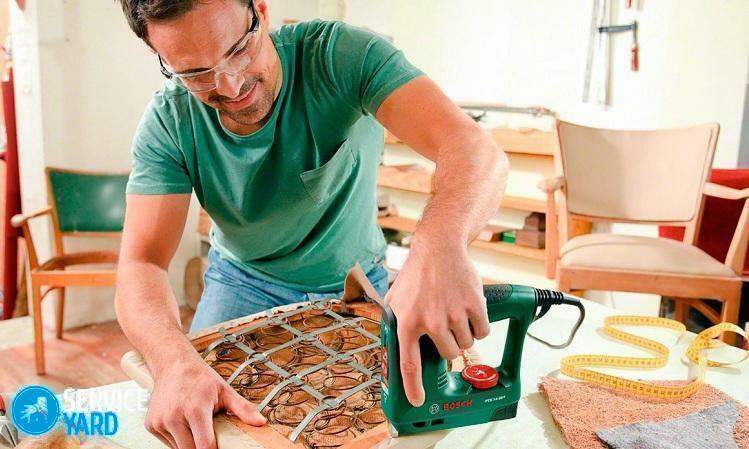
- Causes of condensation in the
- tank What is the danger of accumulation of condensate?
- Solving the problem
- Forced ventilation
- Raising the water temperature
- How to avoid condensation?
The resulting condensate on the toilet bowl complicates the lives of many owners of well-maintained housing. Because of all the time running down from the surface of the drain tank of water drops on the floor, there are puddles that need to be wiped in a timely manner. If this is not done, dampness can lead to unpleasant consequences.
Of course, you can attach some capacity to collect water, and then regularly emptied of the contents. Many housewives do so, trying this simple way to solve the problem. Men still try to figure out the causes of the occurrence, in order to understand how to remove condensate from the toilet bowl and forget about the problem forever. Are there any effective ways to deal with the condensate that periodically appears on the toilet bowl? Let's understand together.
to content ↑Causes of condensation in the
tank Often moisture is formed on all surfaces subject to large temperature changes. The same situation develops with the drain tank, in which cold water flows through the water pipe, quickly cooling its walls, while the temperature in the room is higher.
Important! In order to begin to form a condensate, enough temperature difference of 15 degrees.
The cause of a significant drop can:
- The presence of hot heating pipes in the bathroom.
- There is a problem with the ventilation system or lack of it at all.
- High humidity.
- Damages in the tank, which can lead to a permanent leakage of liquid, and the lack of the required amount is replenished with new cold water from the pipeline.
- The water in the tank does not heat up due to frequent use of the toilet bowl.
Important! Only after you find out the reason for the formation of condensate, you can begin to address the issue of how to remove condensate from the toilet bowl.
to the contents ↑What is the danger of accumulation of condensate?
Expensive and quality plumbing equipment has almost no parts that can be exposed to destructive corrosion. The fasteners used to assemble the equipment are made of wear-resistant plastics or stainless metals. Accordingly - there may be problems of the following nature:
- Water droplets appearing on the walls of the drain tank increase the level of air saturation with moisture evaporations, which can lead to corrosion on metal parts, by means of which the reservoir is fixed. In order to prevent the occurrence of rust, it is recommended to coat the fasteners with a layer of anticorrosion lubricant.
Important! If a canister is provided with a toilet bowl design and not mounted on a shelf, then droplets of condensate will leave not only ugly stains on the piers, but also create favorable conditions for the appearance of fungus and mold.
- Drops of water can drain to the floor, forming a puddle, which can become a source of unpleasant odor. In addition, the liquid, evaporating from there, will cause increased humidity, which again, can lead to fungal infections.
- The liquid flowing from the walls of the drain tank will inevitably come into contact with the pipes, which will lead to their corrosion.
Important! Rust will begin to appear on all unprotected parts of the structure of steel, and even on the tank itself, if it is made of metal.
to the table of contents ↑Troubleshooting
So, after understanding the reasons for the formation of condensate, and also finding out what it can lead to, you can start to decide how to remove the condensate from the toilet bowl.
Solution 1
The first thing you need to do to fix the problem is to check the condition of the toilet bowl. To determine this easily, it is enough to observe its work:
- A breakdown can be determined by the amount of liquid that is present in the container. Its drawback means that the tank leaks, and to compensate for the lack of liquid, the system always supplies a stream of cold water, which does not have time to heat up to the required temperature.
- Also, the leakage of water from the tank can be determined by the dark trace left on the plumbing from the inside.
Important! In order to solve the problem, the tank must be thoroughly inspected, beginning with the outlet fitting. However, not having enough experience with working with plumbing mechanisms, it is better to entrust this to a specialist.

Solution 2
The problem with the tank may appear due to frequent use of the toilet. The water that enters the tank, without having to heat up to the desired temperature, immediately descends and immediately comes the arrival of a new portion, with a lower temperature.
The solution of the problem can be the installation of a two-stage button, the principle of which is to not drain all the water. Thus, half the water remains in the reservoir, and the incoming norm, mixed with the remainder, will not be so cold.
Solution 3
Another effective way to remove condensate from the toilet bowl is to heat the tank. For these purposes, you can use special heaters or improvised means.
On the inside, the tank is glued with heat-insulating material with a special glue. This solution will help to separate the thin walls of the tank from the incoming cold water.
Important! Before you start to cover the tank, you need to achieve its maximum dryness. If this is ignored, in a short time the glue will lag behind the surface, and all work will be reduced to zero.
to the contents ↑Forced ventilation
If all the necessary actions with the toilet bowl were carried out, but the toilet bowl still sweats - what should I do? It is necessary to think about the forced ventilation of the bathroom.
Problems with ventilation can be solved as follows.
Method 1
Forced ventilation is one of the effective methods that will work even when the moisture is collected not only on the tank, but also on all surfaces of the room. The solution to this problem is to purchase a fan that is mounted in the circulation hole.
In addition, the air circulation can be supplemented by installing the grille and the interior doors. Thus, moist air will mix faster with the rest.
Important! Installation work should be better entrusted to professionals who can correctly calculate the necessary( for this room) ventilation level. Before you start work, you should make sure that the ventilation channels are clean and well drafted.
Method 2
Often there are situations where previous tenants, close the ventilation hole with some material, and new guests can not pay attention to this.
Important! To make the aperture more aesthetic, it is enough to buy and install a special grate, which can be found in any of the hardware stores.

Method 3
With a small amount of condensation, you can simply leave the doors in the bathroom a little ajar so that they do not sit tightly in the door frame.
Method 4
The air dehumidifier also works well against condensate. This is an electrical appliance in which a fan is mounted. With it, air flows penetrate into the cooling chamber, where moisture separates and collects into a separate reservoir, and already dried air is returned back to the room.
to content ↑Water temperature rise
One of the main reasons why the toilet bowl is sweating is the flow of cold liquid into the tank, which does not have time to warm up to room temperature. To solve this problem, you should choose the way when the water in the tank will already be warm.
In summer, when the air temperature is high, the problem may seem insignificant, but in the winter the amount of moisture increases. Therefore, it is necessary to understand how to raise the water temperature:
- The first thing you can do is put a special water heater, by means of which the water entering the container will heat up.
- The second option is the insulation of pipes that supply water. This can be done with a thermal insulation material, carefully wrapping the pipes along the entire length.
- Pipes that are in the bathroom, half overlap, thereby controlling the large temperature changes, and hence - the emergence of condensation.
How to avoid condensation?
To prevent this problem it is possible, but to assert with full certainty that over time condensate on the tank will not appear, it is difficult. So, to prevent the formation of excess moisture on the drainage device can be as follows:
- Having established high-quality ventilation.
- Having bought a half-drainage tank in which, after draining, a portion of the warm water remains, which makes it possible to avoid condensation.
- Once a quarter, or at least every six months, doing a ventilation check.
- Repair the defective parts of the waste tank in time.
In the event that all of the above measures remain ineffective, it is necessary to change the old plumbing to a modern plumbing model, where the tank is equipped with a special anti-condensation coating.
Important! If your finances do not allow you to buy a new plumbing and the problem of condensate needs an urgent solution, then in a specialized store you can purchase special plastic liners, after which you can easily upgrade the old toilet bowl.
In this article, we tried to outline the main reasons for the fogging of the toilet bowl, and also answer in detail the question of how to remove the condensate from the toilet bowl. If you still can not eliminate the condensate on its own, then it is better to seek professional help.



